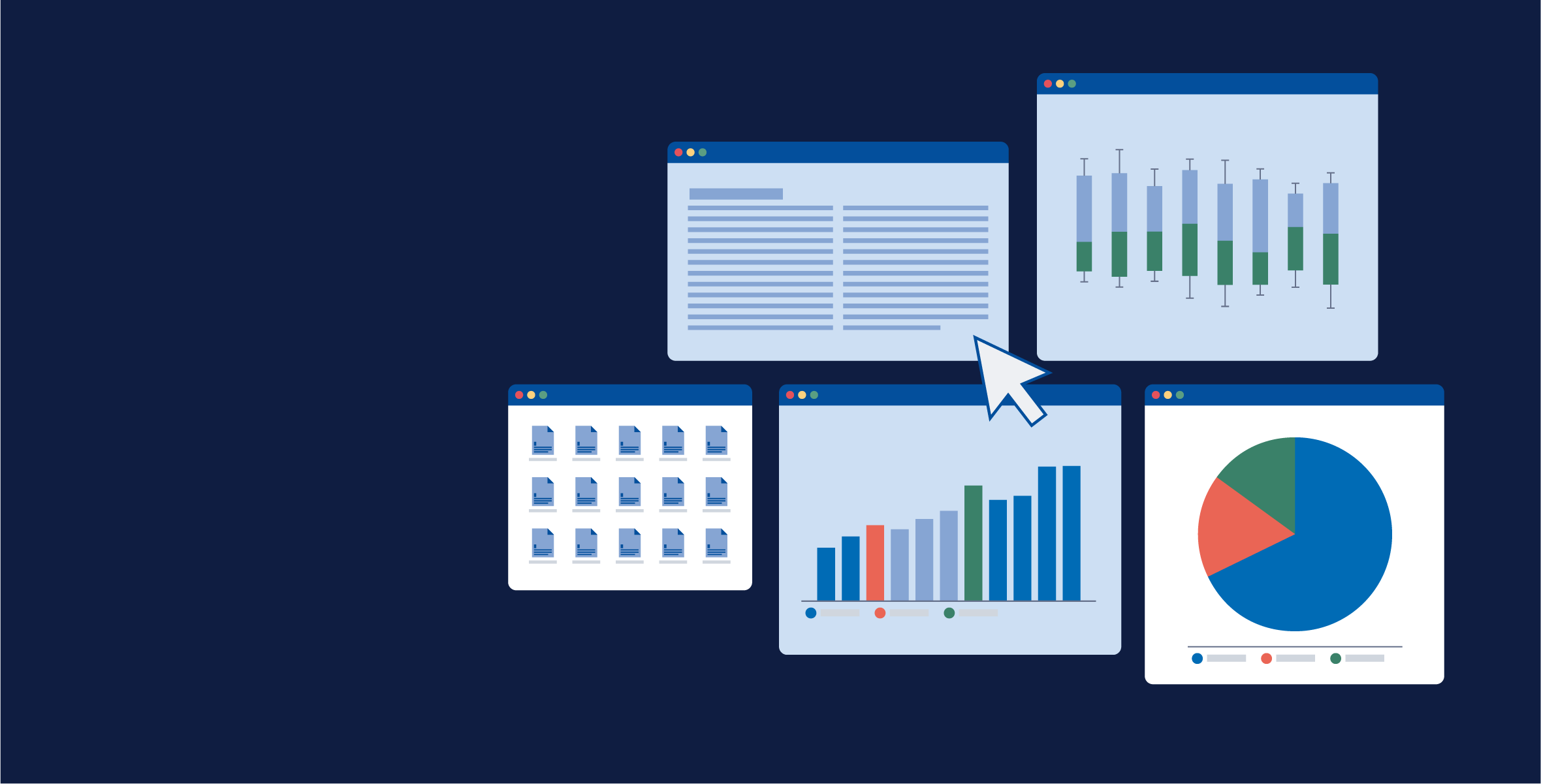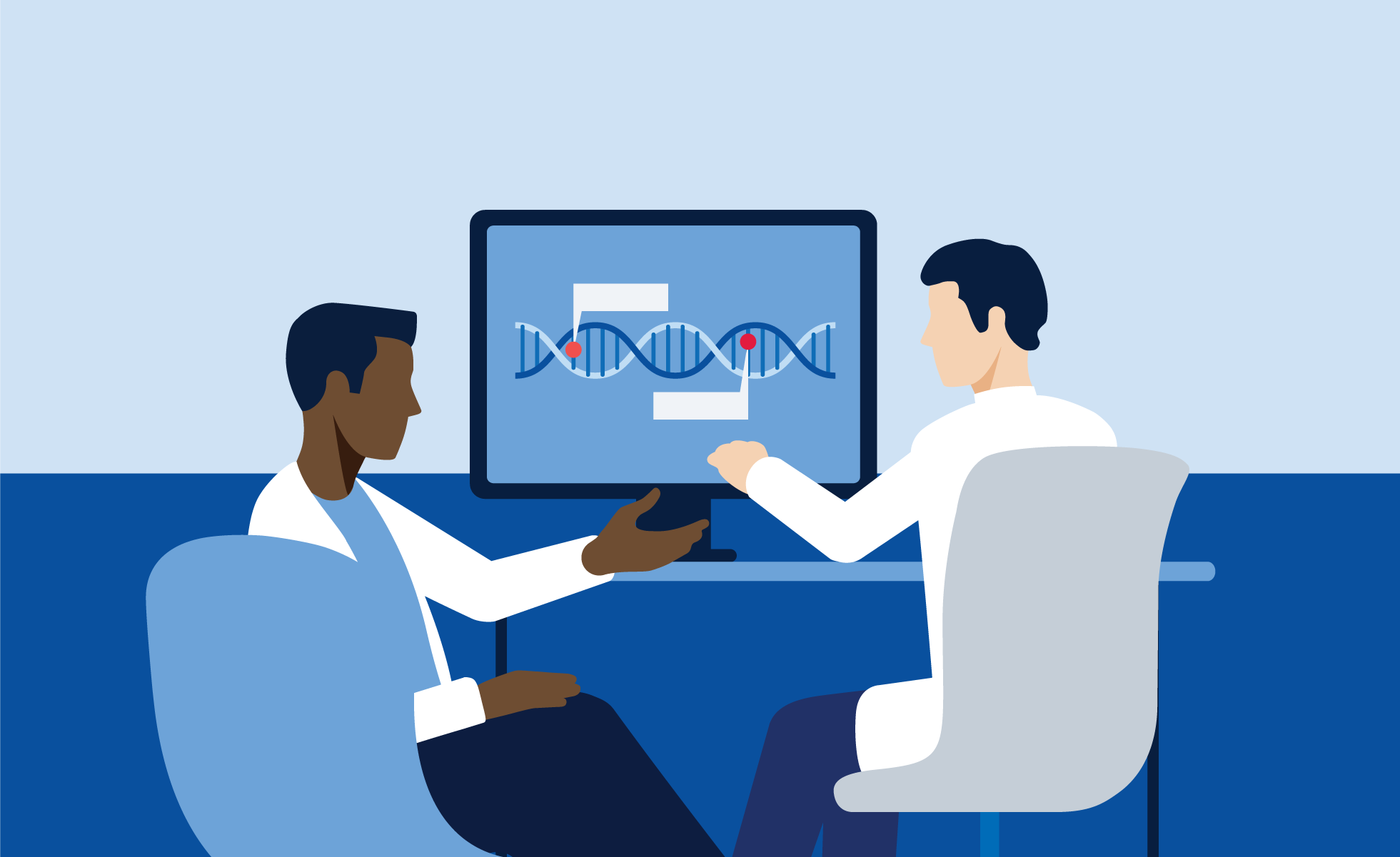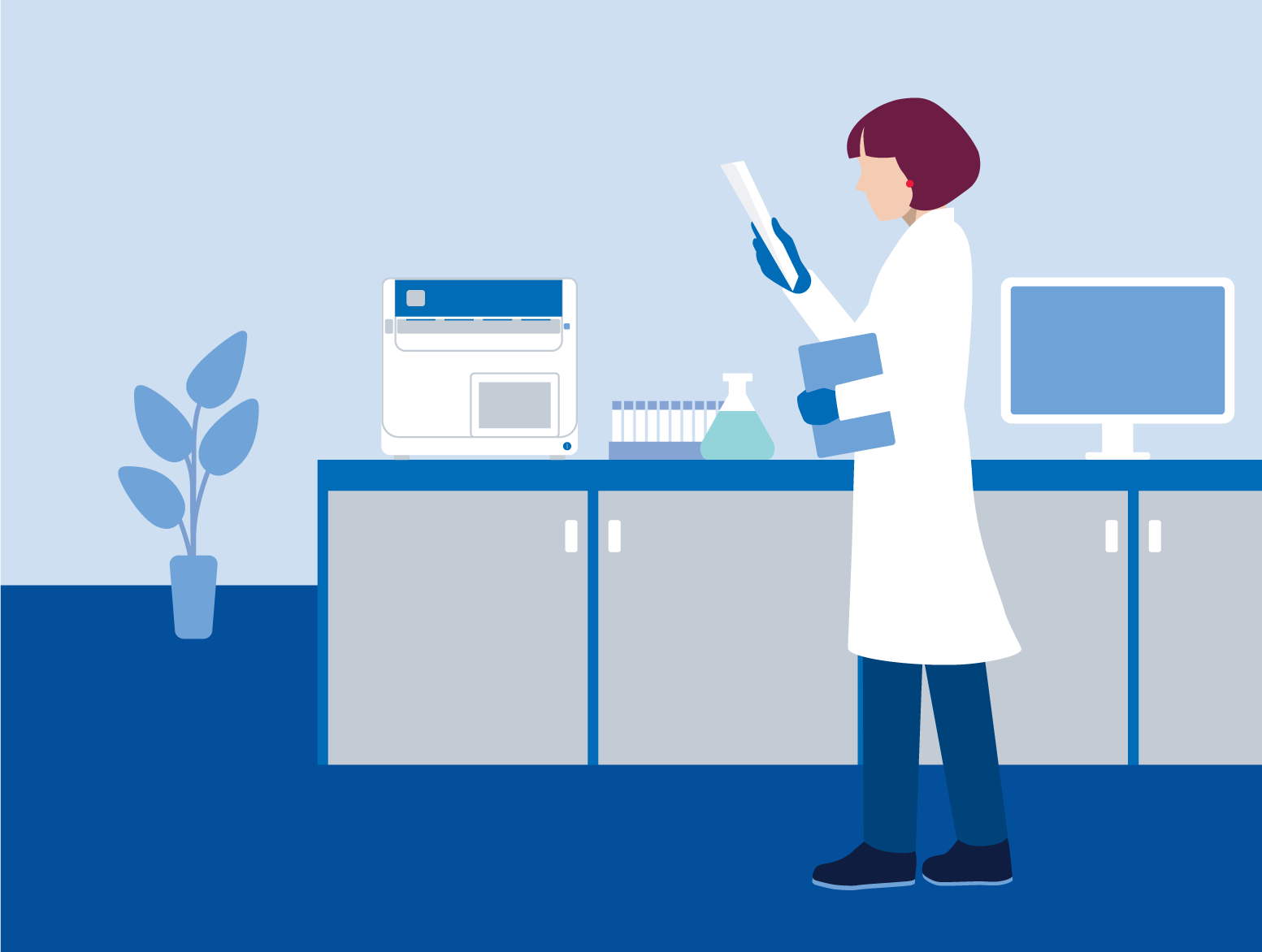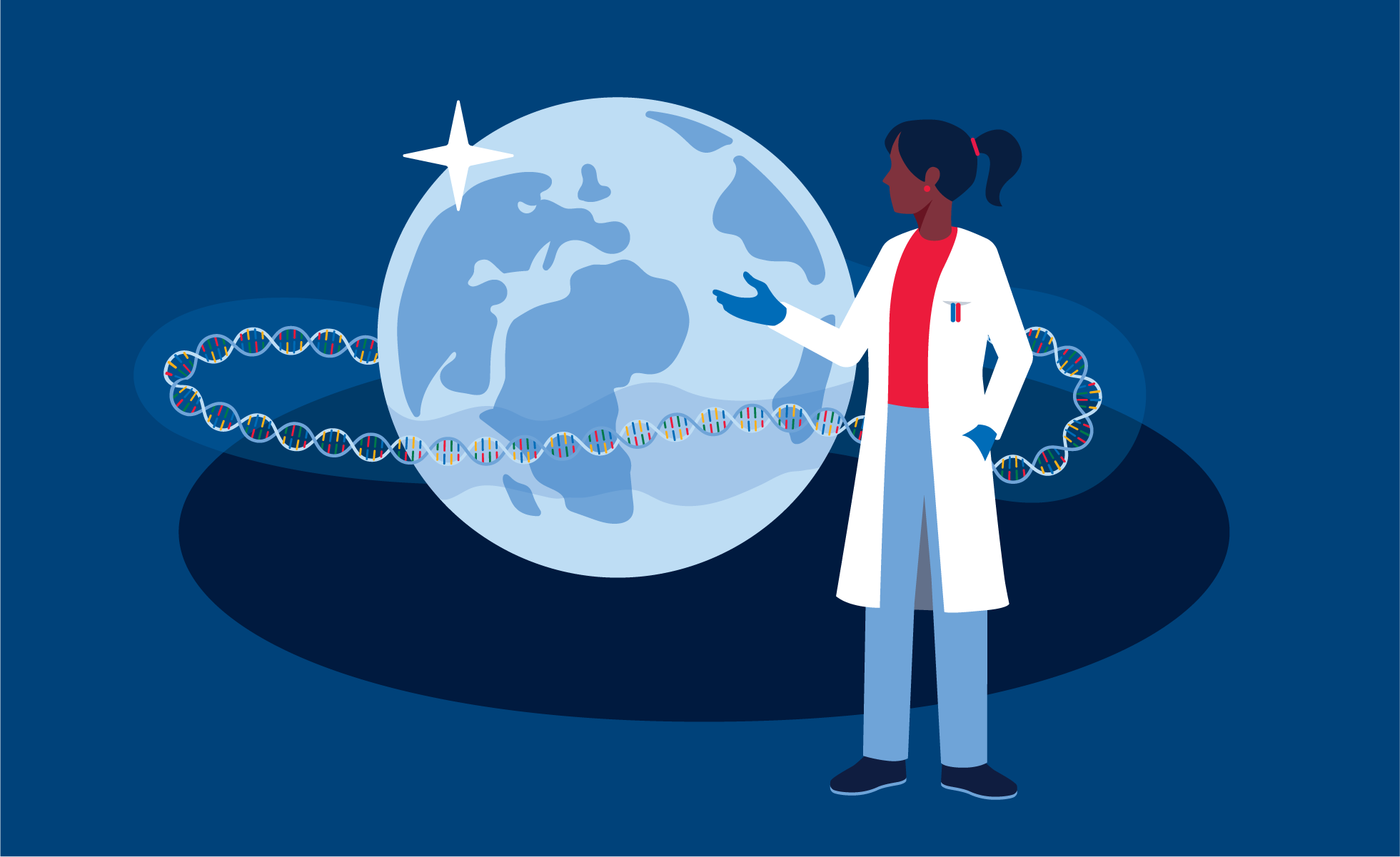


















Access sequence analysis tools and more with our original workhorse platform. All listed features are also available in CLC Genomics Workbench Premium, our NGS analysis solution.

Import Sanger sequencing data (.SCF, .ABI, .PHD) and map them to a reference sequence or assemble them into contigs. Identify and inspect called variants and inconsistencies, and visualize traces, trimmed ends, coverage and more for each contig.
Design oligonucleotides (primers) with adjustable criteria and dynamically updating calculations. Create your own standard and nested PCR primers, TaqMan probes and sequencing primers based on multiple sequence alignments.
Vector design and analysis tools are available for different types of cloning, including in silico, in silico homology-based (Gibson), restriction and Gateway (single- and multi-site).
Analyze expression data produced on microarray platforms and perform quality control, transformation, normalization and statistical analyses to measure differential expression.
Create phylogenetic trees and add associated metadata with K-mer-based tree construction. Test models to find the best statistical approaches and visualize imported metadata on tree topology.

Build your own custom workflows, moving data effortlessly through any sequence of tools and standardizing sample analysis. Workflows can be used locally, on servers or sent to colleagues.
Customize the visualization of your molecules or use our premade styles. View annotations and variants in their structural context with synchronized views for proteins and nucleic acids.
All Workbenches include pairwise and multiple sequence alignments of DNA, RNA and protein sequences, including ClustalW and Muscle. With Whole Genome Alignment, you can investigate dot plots, multiple genome alignments, average nucleotide identities and more.
Export the timestamped history of every data element as a PDF or txt/JSON file. Metadata includes data origin, author, workflow and algorithm version names, parameters and other values set.
Our all-in-one bioinformatics software solution expands the Main Workbench into NGS analysis. Analyze your genomics, transcriptomics and metagenomics data with user-friendly workflows and extract insights from long and short read NGS data.

Fast, efficient de novo assembly, including trimming tools to remove low-quality data, and support for Sanger sequencing, short and long read NGS data and hybrid assemblies.
Easy-to-use workflows that cover the entire analysis process and accommodate any experimental design. All tools account for sequencing depth differences, removing the need to normalize input data.
Start detecting and comparing genetic variants, including low-frequency, single- and multi-nucleotide, copy number and other large structural variants, insertions, deletions and replacements.
Explore outbreaks, antimicrobial resistance and more.